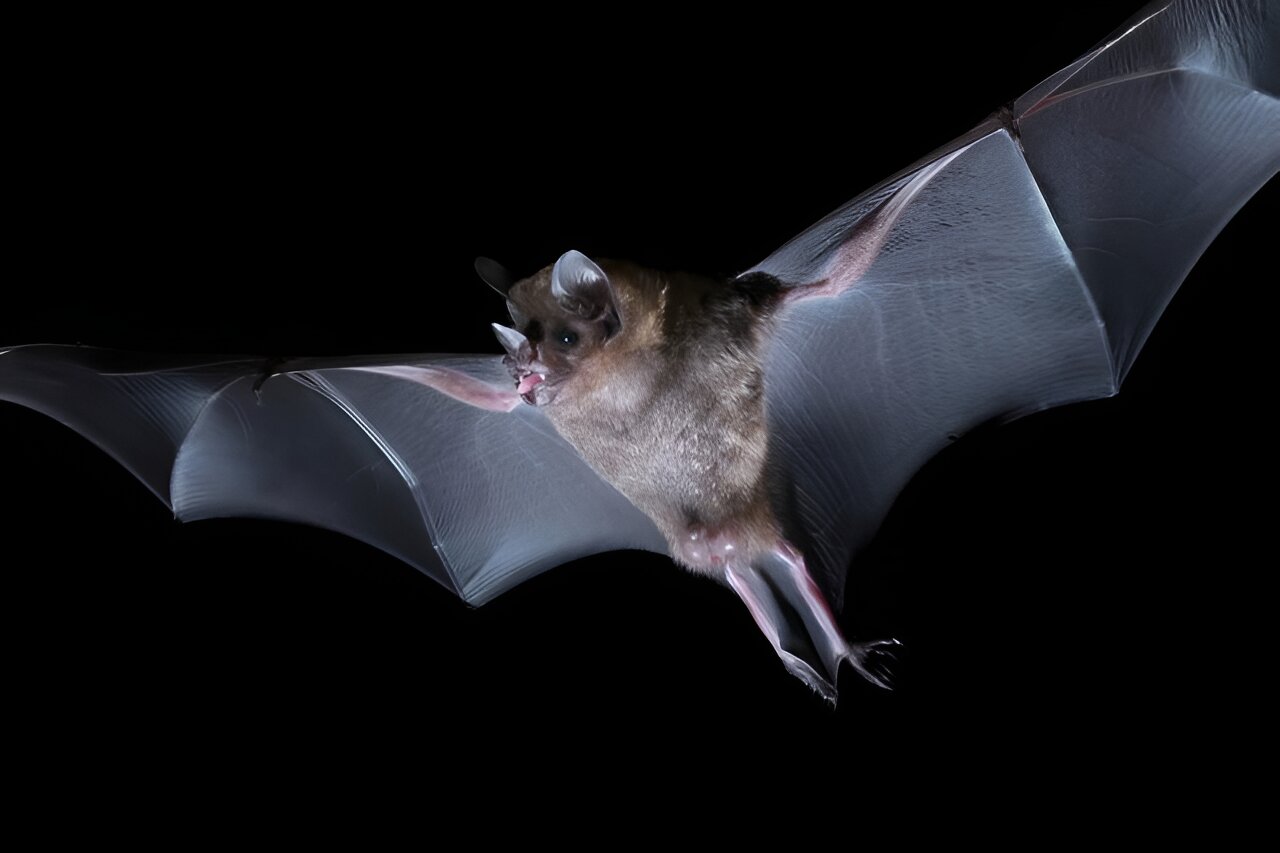Seba’s short-tailed bat, known scientifically as Carollia perspicillata, is a fascinating creature that inhabits the lush subtropical and tropical forests of Central and South America. These bats have a penchant for pepper fruit and spend their days in groups of 10 to 100 individuals in hollow trunks and rocky caverns. When night falls, they embark on foraging expeditions together, communicating with each other through a symphony of sounds that creates a lively ambient noise in their colony.
But how do these bats manage to filter out important sounds from the constant ambient noise that surrounds them? One theory posits that their brains are constantly predicting the next signal and reacting more strongly to unexpected signals than to expected ones.
This phenomenon, known as deviance detection, is the subject of investigation for a team of neuroscientists led by Johannes Wetekam and Professor Manfred Kössl from the Neurobiology and Biosensors Working Group at the Institute of Cell Biology and Neuroscience at Goethe University Frankfurt.
In a recently published study, the team repeated experiments with natural communication and echolocation calls to gain a deeper understanding of deviance detection in Seba’s short-tailed bats. “With our study, we wanted to find out what happens in deviation detection when, instead of meaningless stimuli, ones are presented to Seba’s short-tailed bat that actually occurs in its auditory world,” explains Wetekam.
2024-02-23 02:00:05
Source from phys.org
